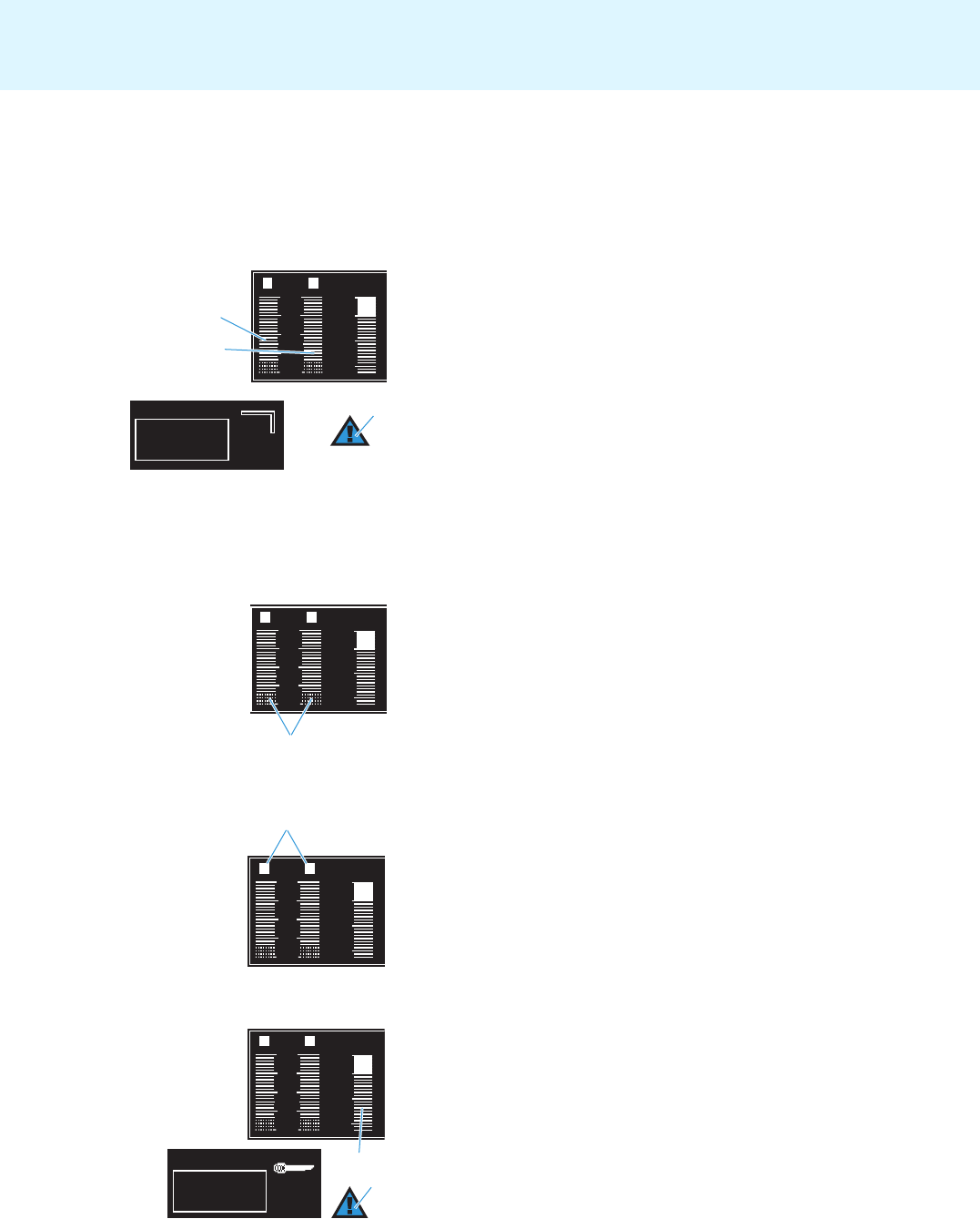
Product overview
10
Reception display
The reception display is permanently displayed. If you do not press a
button on the receiver, the display will dim after 60 seconds (see page 9).
RF level display “RF” for the antennas
The left bargraph ³ shows the strength of the received RF signal for
antenna A; the right bargraph » shows the strength of the received
RF signal for antenna B.
When the RF signal of the received transmitter is too weak on both
antennas:
•the text “Mute” flashes several times in alternation with the status
display,
• the warning triangle for indicating error states 5 lights up red,
• the receiver is automatically muted to suppress hissing noise.
Display for the squelch threshold
The top edge of the rastered area ´ shows the adjusted squelch
threshold. The squelch threshold can be adjusted via the operating menu
(see “Adjusting the squelch threshold” on page 31).
If the squelch threshold is not reached for 20 minutes, the display goes off
(see page 9).
Diversity display
The receivers operate on the true diversity principle (see “Diversity recep-
tion” on page 42). The diversity display · indicates whether diversity
section A (i.e. antenna A) or diversity section B (i.e. antenna B) is active.
The letter of the active diversity section appears backlit.
Audio level display “DEV”
The audio level display “DEV” ¿ shows the modulation of the received
transmitter.
When the transmitter’s audio input level is excessively high, the receiver’s
audio level display “DEV” ¿ shows more than 100%.
When the transmitter is overmodulated frequently or for an extended
period of time, the text “AF Peak” appears and the warning triangle for
indicating error states 5 lights up red.
300
100
30
10
10
50
100
PEAK
µV
RF
% DEV
A B
³
»
5
Mute
300
100
30
10
10
50
100
PEAK
µV
RF
% DEV
A B
´
300
100
30
10
10
50
100
PEAK
µV
RF
% DEV
A B
·
300
100
30
10
10
50
100
PEAK
µV
RF
% DEV
A B
¿
AF Peak
5


















